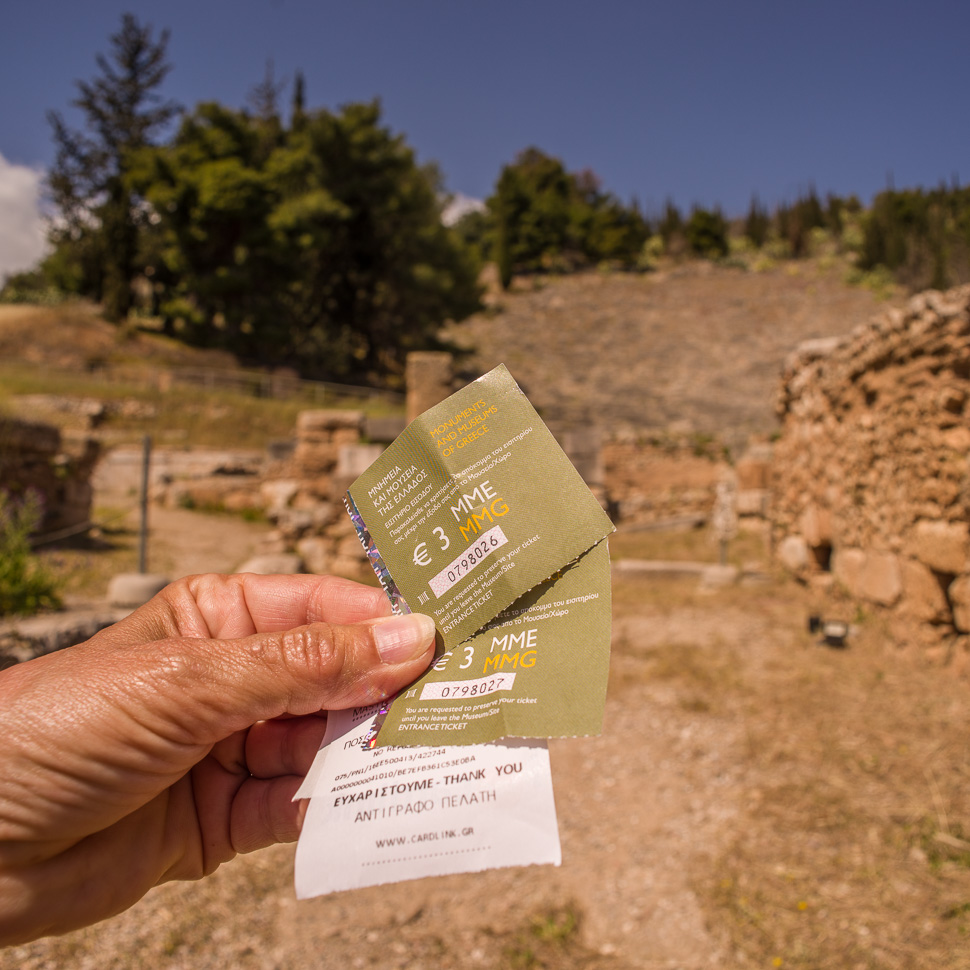
Yeah! Our first visit to an archeological site since we came to Greece 2 months ago. Until recently everything was closed due to the lockdown, but archeological sites are open since maybe a week now. We came to Argos to hike up to the castle Larissa, but first stopped at the remains of the historic town of Argos, which is one of the oldest continuously inhabited cities in the world!
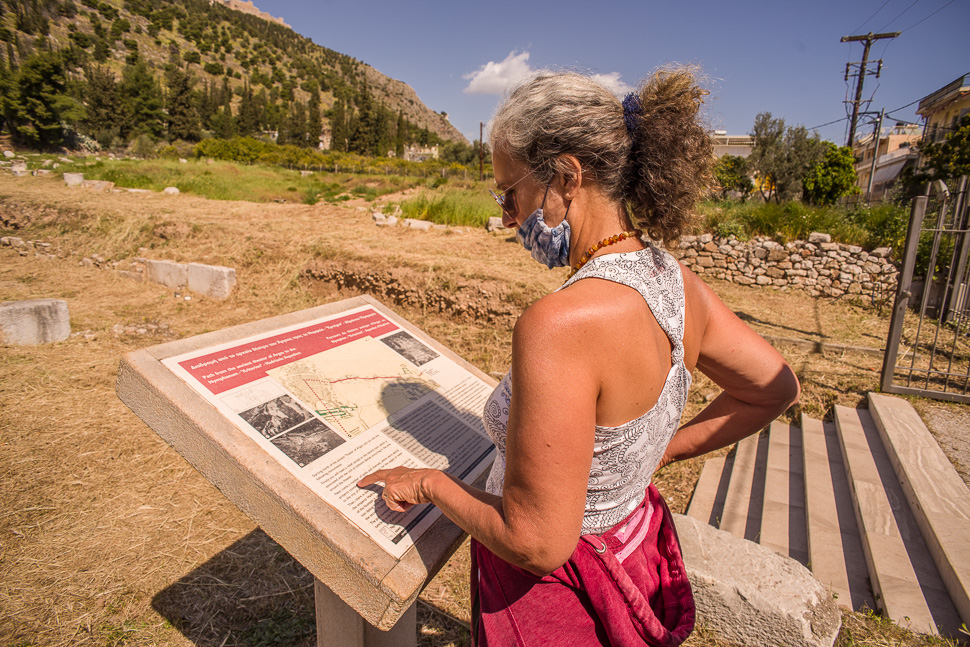
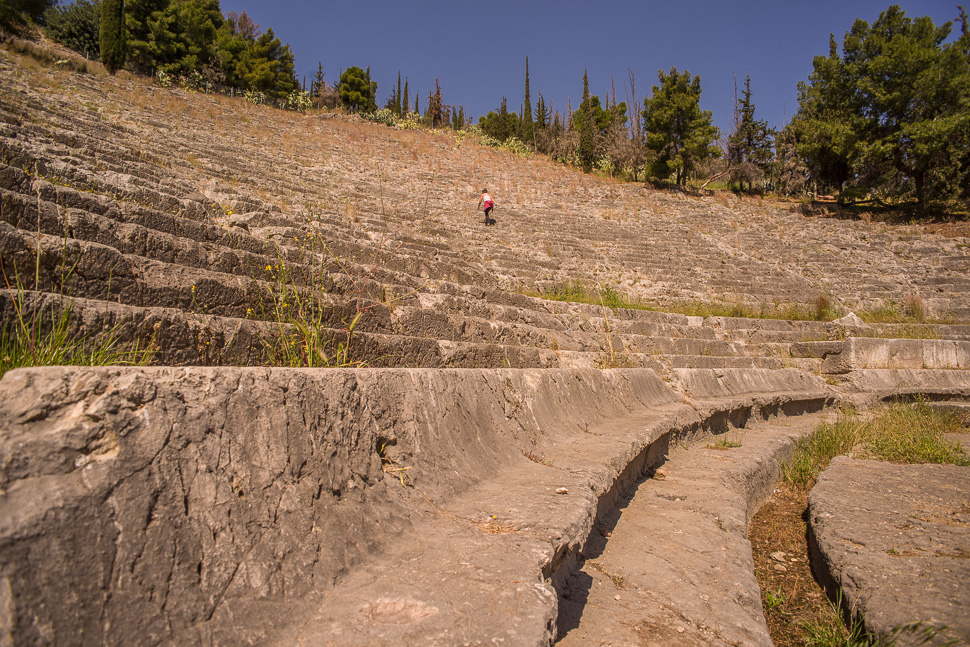
The Ancient theatre, built in the 3rd century BC with a capacity of 20,000 spectators, was cut into the hillside, with 90 steps up a steep incline. It is among the largest theatres in Greece and was buried for 1,400 years before being discovered by excavations which began in 1892.
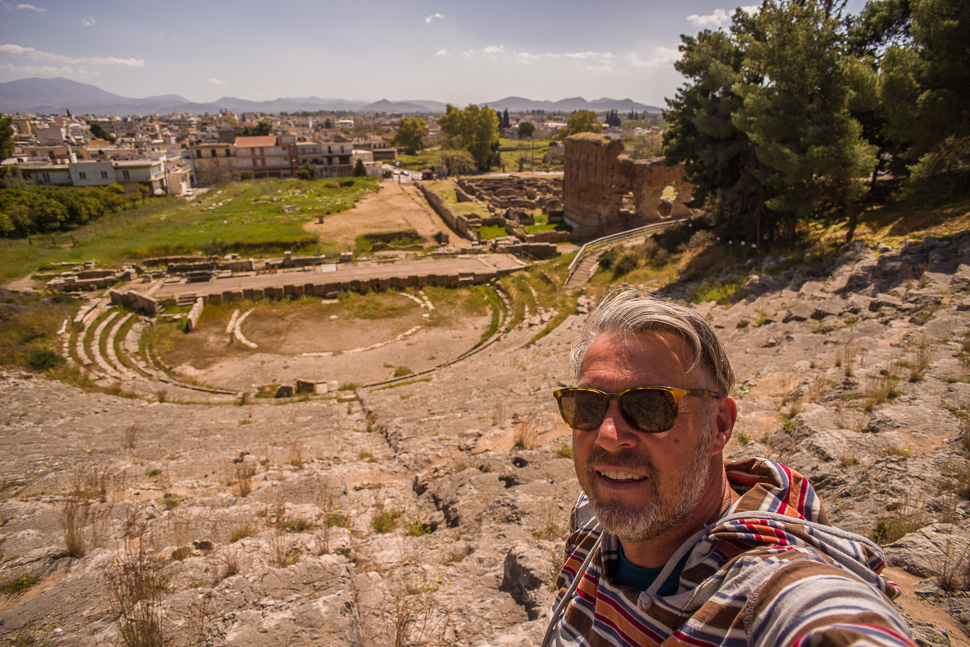
After our visit to the theatre, we climbed the hill behind it, to reach the castle of Larissa. We read that it was closed for renovations, but when we reached it, it was open and we could explore it peacefully as also here we were the only visitors.
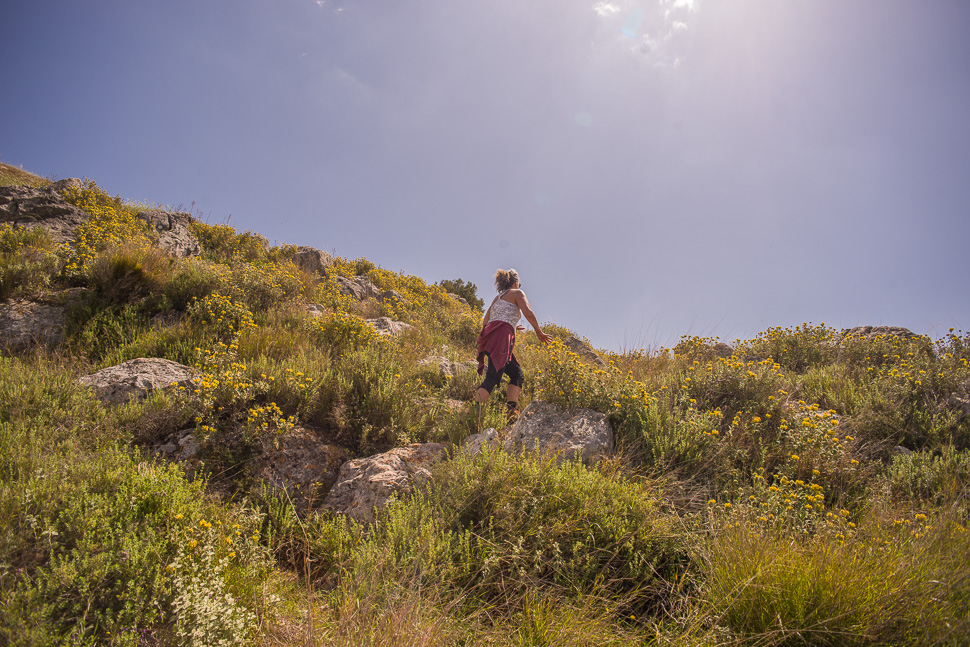
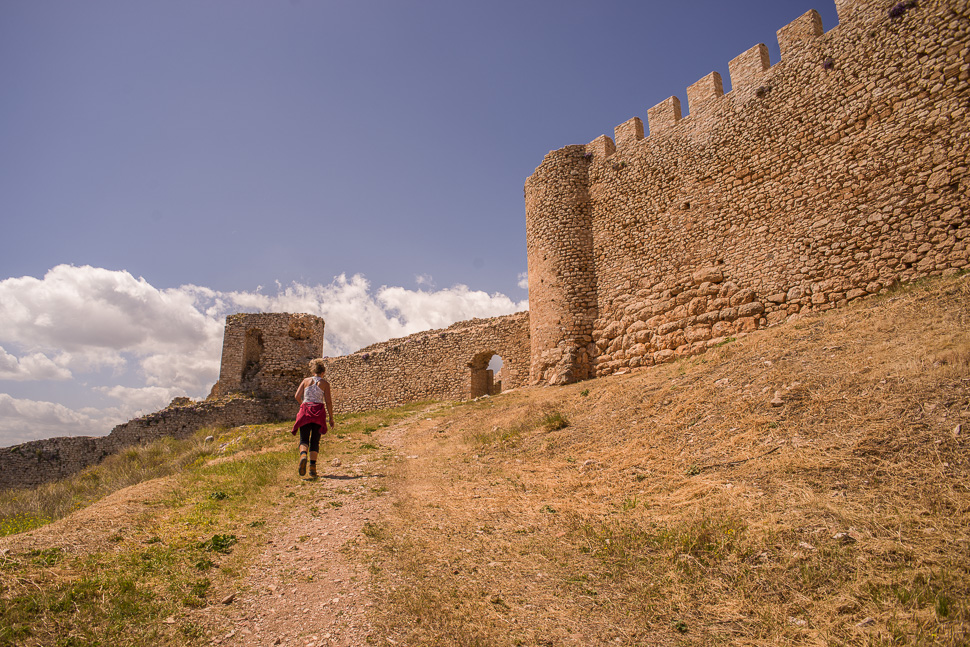
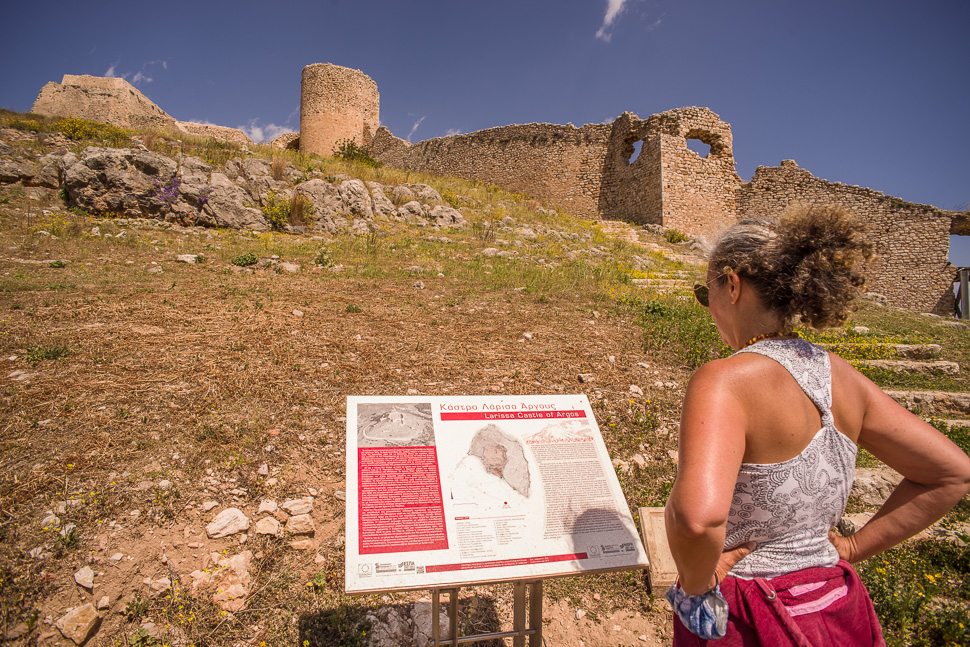
Larissa was the ancient and medieval acropolis of Argos, located on a rocky hill behind town. The summit is now occupied by the ruins of a Byzantine-Venetian castle, which still has visible traces of earlier periods. The site was fortified and in continuous use from antiquity until the 19th century.
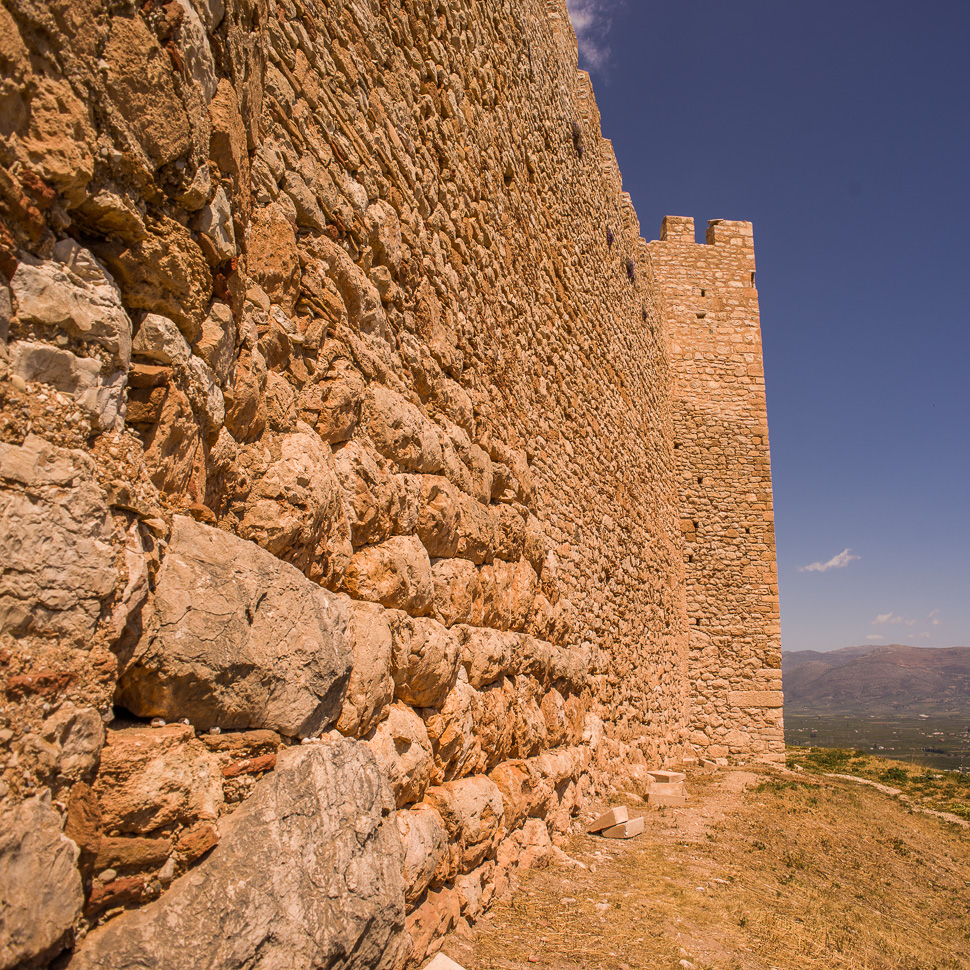
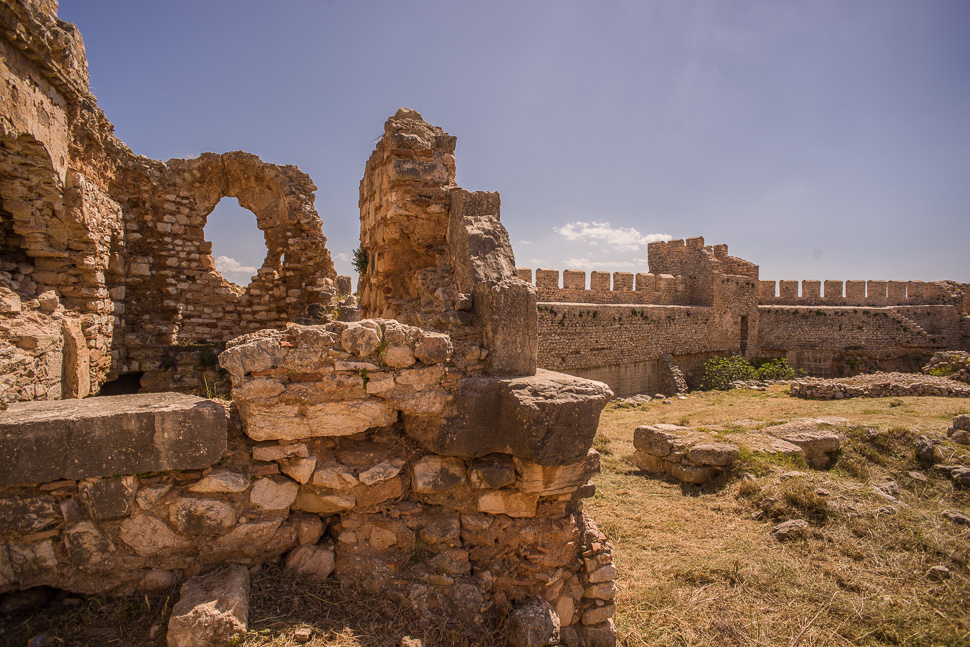
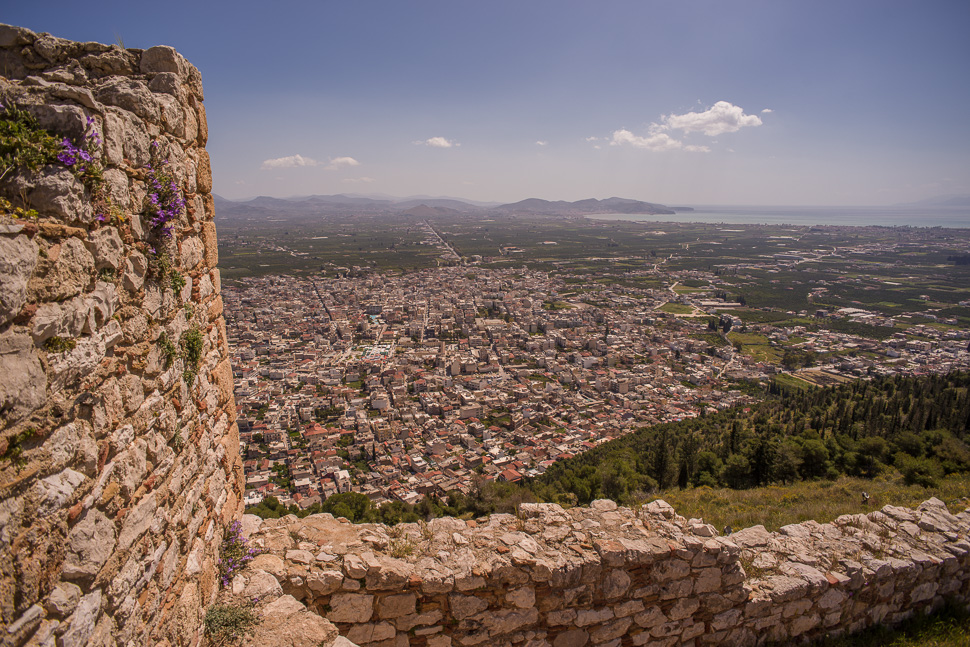
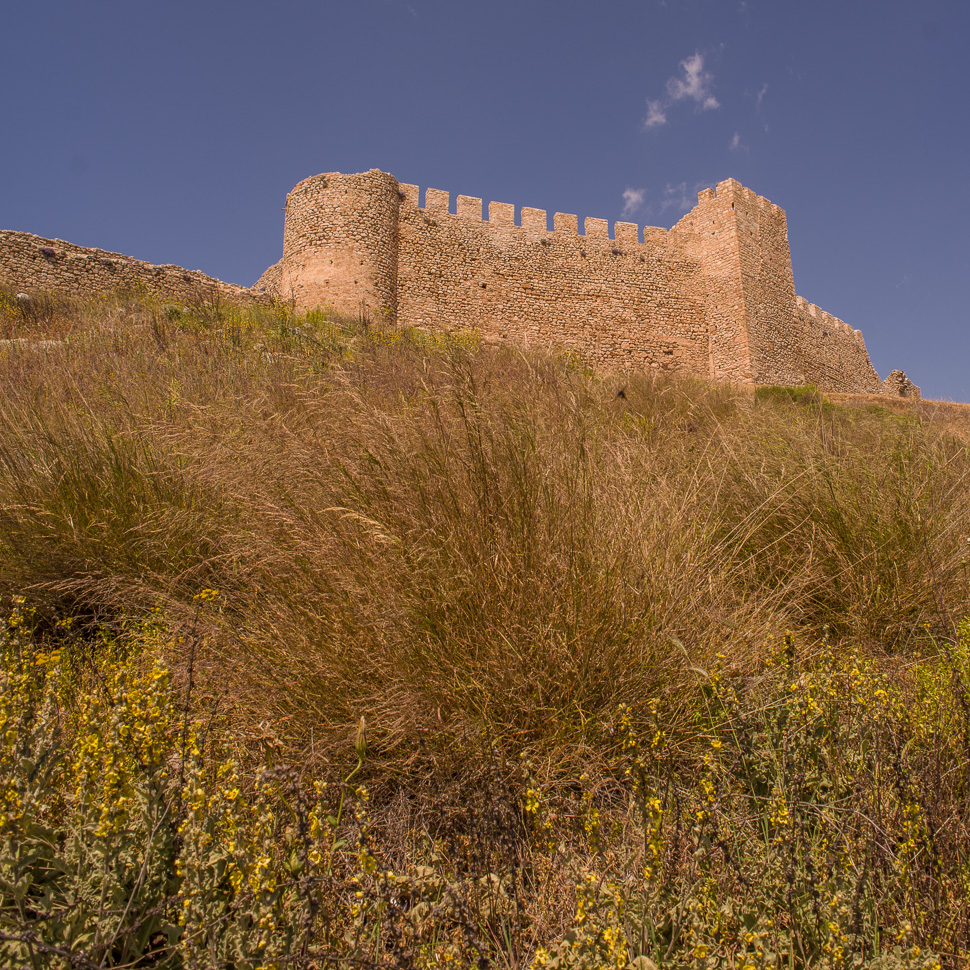
We hiked to the castle from the South, starting next to the theatre but took a different route back, leading to the North and back through town. You actually can even drive up there with your camper, which might be the better option in summer, when it gets too hot to hike in the sun.
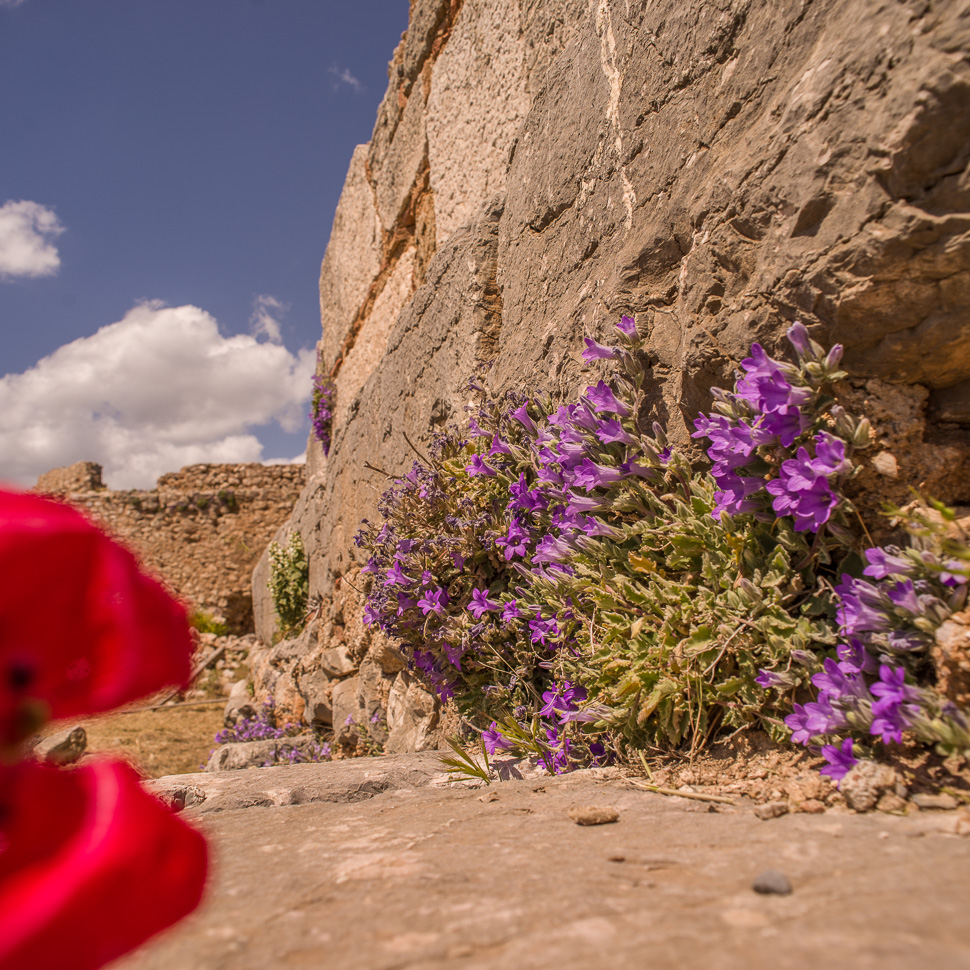
After our visit to Argos we finally left the Peloponnese. What a peaceful time we had here during the Corona lockdown! Were are now curious how our drive back to Austria through different countries will work out. But before we leave Greece, there are a couple more stops we plan to do. Next we are going to ask an oracle where we should travel this year: Asia, America, Africa? Lets see what the oracle of Delphi tells us!
